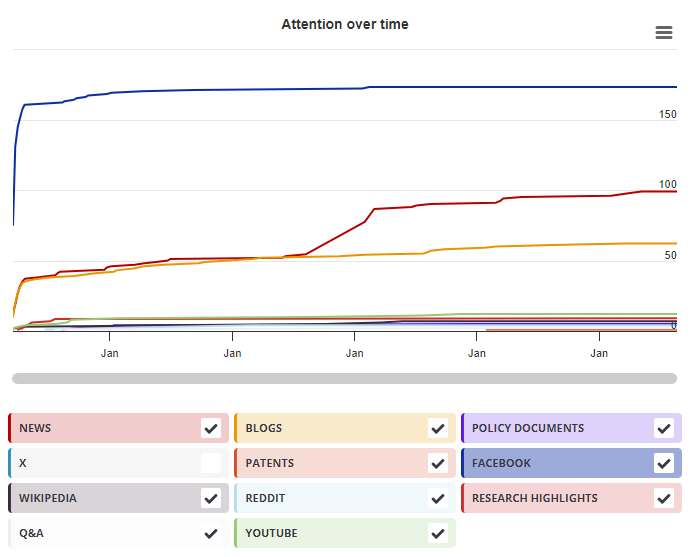We conducted a systematic review to obtain studies on childhood obesity and parenting published between 2009 and 2015, and draw out those studies with a particular focus on media parenting. Our analysis addresses two major aims: 1) to describe how media use and media-related parenting practices and skills are operationalized in studies and 2) to explore whether studies measured ecological factors (e.g. individual-, family-, and community-level factors), which could be associated with media parenting practices.
Using a standardized, multi-stage process, we identified and screened articles focused on parenting and childhood obesity (N = 667). Studies were eligible for this analysis if they measured media parenting and/or the home media environment, resulting in a sample of 103 studies. We used quantitative content analysis to code the full text articles for content related to our study aims; analyses were performed using SAS 9.4.
Seventy nine percent of studies measured media use, 82 % measured media parenting, and 65 % measured the home media environment. Studies measuring media use focused on a limited number of devices; while all studies measured child/parent use of televisions, only 3 % measured use of smartphones, 1 % measured use of laptops, and no studies measured use of tablets. Measures of parenting practices focused largely on rules specific to limiting screen time. Although 60 % of studies measured at least one ecological factor, child-specific and neighborhood/community-level factors were rarely measured.
More detailed measurements of media use that reflects current technology trends and diverse contexts of use are needed to better understand media use and parent regulation of child media exposure. Measures of the ecological context can more fully assess factors impacting media parenting and, subsequently, child risk for overweight and obesity.
